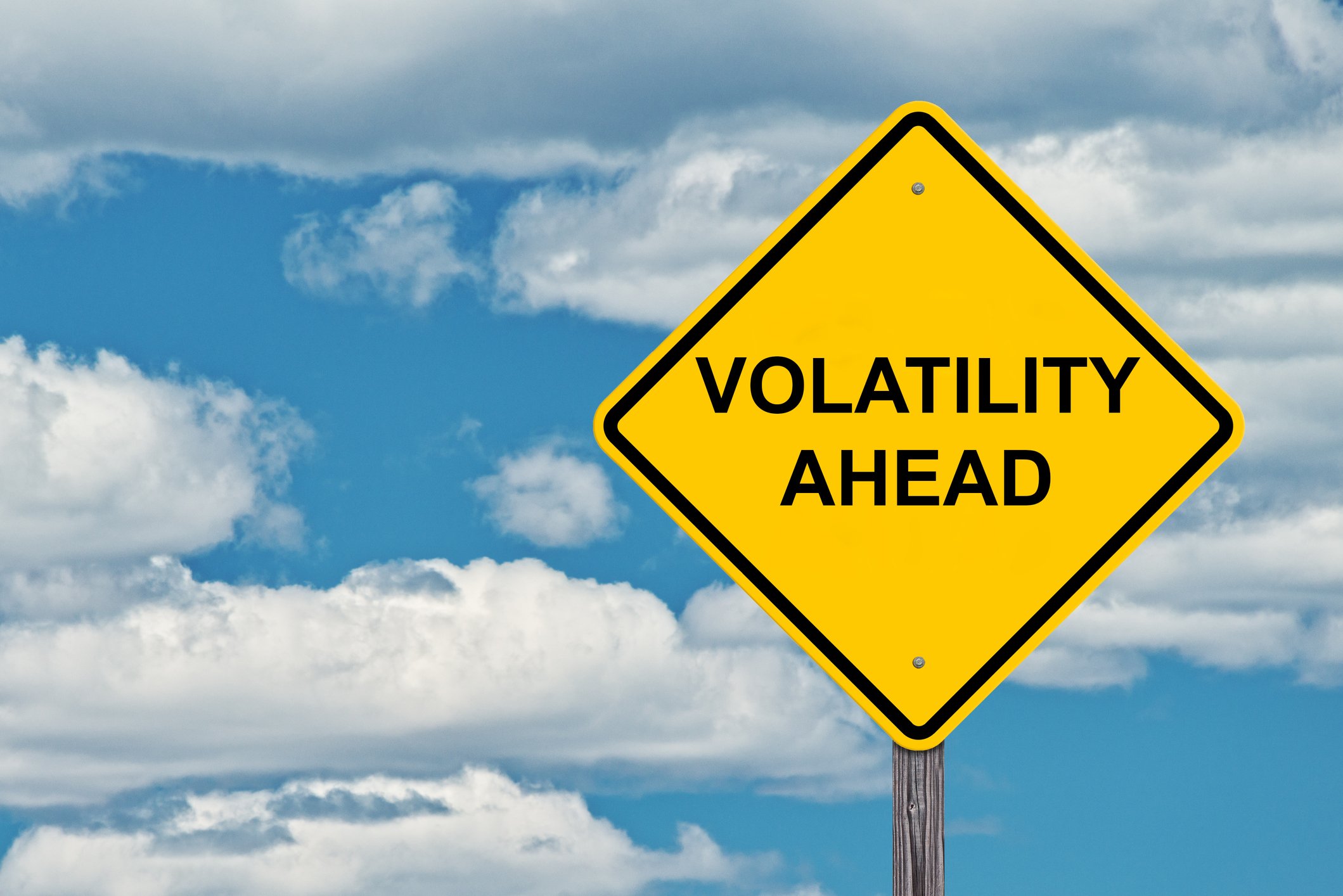Annaly Capital Management (NLY +2.42%) has an ultra-high 14%-plus dividend yield. Toronto-Dominion Bank (TD +0.36%) has a yield of "just" 4.1%. In some ways, these two dividend stocks aren't even playing in the same league. Indeed, if dividend reliability and dividend growth are important to you then you'll definitely be better off with Toronto-Dominion Bank.
Here's what you need to know.

Image source: Getty Images.
What backs up Annaly Capital Management's huge yield?
Annaly Capital is what is known as a mortgage-focused real estate investment trust (REIT). It buys mortgages that have been pooled together into bond-like securities. This is a unique niche of the overall REIT sector and Annaly Capital is more like a mutual fund than a landlord. The goal is to make the difference between the interest Annaly earns and its operating costs, which notably include the cost of debt.

NYSE: NLY
Key Data Points
Annaly is actually a perfectly fine mortgage REIT. And it has a massive dividend yield, as noted above. But don't let that yield distract you from one important fact. Annaly is a total return investment, which requires dividend reinvestment. If you spend your dividends here you will likely end up being very disappointed. That's because Annaly has a long history of cutting its dividend. And the share price tends to follow along with the dividend, going up and down along with the direction of dividend changes.
The graph below summarizes a lot of information. Notice that total return (the blue line) is pretty impressive. But the dividend (the orange line) and the stock price (the purple line) have been very volatile. Sure, the yield today is huge. But if you spend that dividend instead of reinvesting it, well, history suggests that your outcome here probably won't be very good.
Toronto-Dominion Bank is a reliable dividend stock
Compare the volatility with Annaly to the stability offered by Toronto-Dominion Bank. During the Great Recession, when some of the largest U.S. banks were forced to cut their dividends, TD Bank, as it is more commonly known, held its dividend steady.
Even when TD Bank's U.S. arm was found to have laundered money and regulators hit the bank with a large fine and an asset cap, TD Bank increased its dividend despite the business setback. In fact, TD Bank has reliably paid a dividend since 1857.
So while the yield is lower, at 4.1%, than Annaly offers, investors can go in with more confidence that the dividend will be paid at the same rate, or even higher. That 4.1% yield, by the way, is well above the 2.6% yield of the average U.S. bank and well above the 1.3% yield offered by the S&P 500 today. So while TD Bank isn't offering a 14%-plus yield, the payout is still relatively attractive.

NYSE: TD
Key Data Points
There are a couple of key factors to consider here. TD Bank hails from Canada, where banking regulations are particularly strict. That has resulted in a conservative ethos within the banking sector, and within TD Bank. The regulation in Canada has also resulted in entrenched positions for the largest banks, of which TD Bank is one. Thus, TD Bank's foundation here is incredibly strong.
The time to buy TD Bank is now
TD Bank's stock has actually performed fairly well recently as investors have become less concerned about the regulatory issue noted above. However, given the relatively high yield it is still a strong dividend option.
So if you were considering taking on the risk of Annaly Capital's business model, you might actually be better off taking on TD Bank and its regulatory risk issue. Yes, the yield is lower, but if you are trying to live off of the income your portfolio generates, still-out-of-favor TD Bank is the stronger long-term option.






